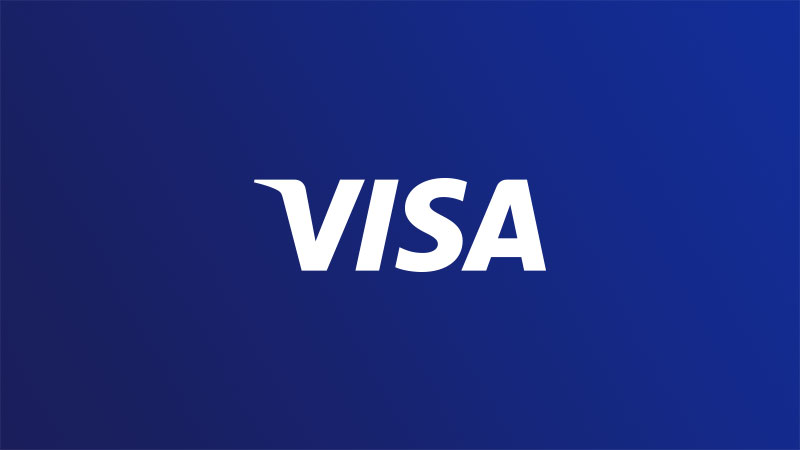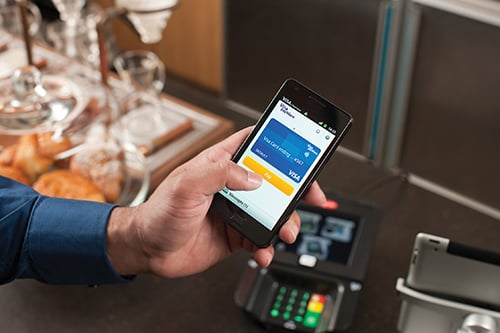Omnichannel payments: Which should you use?
It is important that merchants offer these solutions if they want to enhance consumer experience, build loyal following


In today's world where customers have come to expect maximum convenience, minimal effort and higher transactional speed, it is important that merchants offer omnichannel payment solutions if they want to enhance the consumer experience and build and maintain their base of loyal customers.
Decoding omnichannel payments
So, what does "omnichannel" mean? In the case of payments, omnichannel refers to the ability to allow customers to conduct transactions in multiple ways without much difference in convenience or service. For example, a customer can choose to buy and pay online but have the option to collect the goods in person at a physical store. Alternatively, a customer can buy and pay for an item in person and have the goods get delivered to their home or office later.
In the 1940s when banks started to offer drive-through banking to customers, this was viewed as a breakthrough that got the corporates to take notice and understand why it was important to make customer lives convenient while using their products or services.
Decades later, with the advent of online shopping, smartphones and a plethora of other rapidly evolving technologies meant that customer convenience is paramount when paying for goods and services.
In fact, Visa's survey reveals that 88 per cent of customers in the UAE prefer a retailer that accepts different modes of payments, and 77 per cent of customers prefer to shop at a business with an online presence. However, omnichannel payment solutions are beyond online or in-person payments. It also involves invoicing, recurring billing and mobile payments. It is more important than ever to accept payments in the method your customers prefer.
Does your business need it?
When it comes to payment options, it is important to understand your target audience and how they prefer to make payments. Some businesses do not need an omnichannel solution. If your business only accepts payments in one way (either all online or all in-person), omnichannel may not matter to you.
However, if you are a brick-and-mortar retail store or eCommerce business that accepts multiple types of payment methods (partially online and partially in-person, in-person and over the phone, etc.) then finding an omnichannel payment processing solution should be a matter of priority.
While it is not feasible to offer every possible payment method, smart merchants are working to find the best approach to integrate omnichannel contactless payment technology into their business to gain a competitive edge and improve their business profitability.
Different payment channels
Near-field communication (NFC): NFC allows two electronic devices to communicate when they are just a few centimetres away from each other. This can be achieved by downloading a mobile payments app or utilising a native app and linking your accounts. Contactless and NFC-enabled solutions include Apple Pay, Samsung Pay and Google Pay, which use tokenisation technology that protects sensitive information from theft and fraud. The technology replaces the card's 16-digit number with a unique "token" number that is transmitted during mobile point-of-sale transactions, in-app purchases and online purchases eliminating the risk of using your actual card details online.
QR code payments: A QR (quick response) code is a two-dimensional code made up of black and white squares that can be read by smartphone cameras, point of sale terminals and other devices. This payment solution allows consumers to pay for goods and services by scanning a QR code utilising a smartphone camera. Payment goes straight from the consumer's account into the merchant's account and provides real-time notification to both parties.
Self-checkout: Self-checkout is a new digital wallet service where instead of entering all your personal details at every merchant website, you simply enter a username and password and your transaction is quickly completed. This is similar to the in-store approach of having self-service checkout counters where you don't need the assistance of a cashier to complete the transaction. The likes of Adnoc and Lulu have already rolled out self-service counters at some of their branches to make it faster and more convenient for customers.
Queue-busting: Queue-busting contactless payments emphasise transactional ease for both the retailer and the customer. Palm-sized card readers allow retail staff to process payments along queues of customers as well as markets, fairs and other pop-up events where fast service is valued by customers who don't want to wait in queues.
Card on file: A card on file payment (CoF) means that a customer's credit card details are stored for future use so that they don't have to fill out all of the details every time they buy something from a preferred retailer. It saves time and can also be used to make automatic monthly payments of bills. Auto-payments also allow consumers to automatically make payments on their credit card balances each month.
In-app purchases/payments: In-app payment of goods and services are initiated from within an application which often allows users to access special content or features in an app. App developers use in-app purchasing/payment options to allow them to offer their initial app for free, and to then advertise upgrades and 'unlocks' such as paid level-hopping. For instance, DubaiNow is the first unified Dubai government services smart app where residents can smartly pay their utilities and bills, track their visa, renew their trade licence, register their car and a lot more.
Omnichannel drives 'smart revenue' opportunities
Ultimately, embracing the omnichannel experience which combines both physical and digital payment channels is all about making it easy for customers. And in this process, merchants also stand to benefit tremendously - through the reduction in fulfillment costs, increased sales or traffic to the store/digital platforms and more efficient use of inventory.
In the UAE, 77 per cent of the small retailers are intending to invest in new payment technologies in the near future according to a Visa study. This clearly indicates that there is a shift in merchant mindsets - they are aware customers are looking for choices, they see the benefits in digital payments and are more open to embracing the omnichannel approach. And, therefore, adoption of omnichannel payments are steadily becoming both inevitable and pragmatic for merchants as it helps to create smarter purchase experiences for their customers. After all, as a business, you wouldn't want to lose out on revenue because a customer found it inconvenient to pay you.